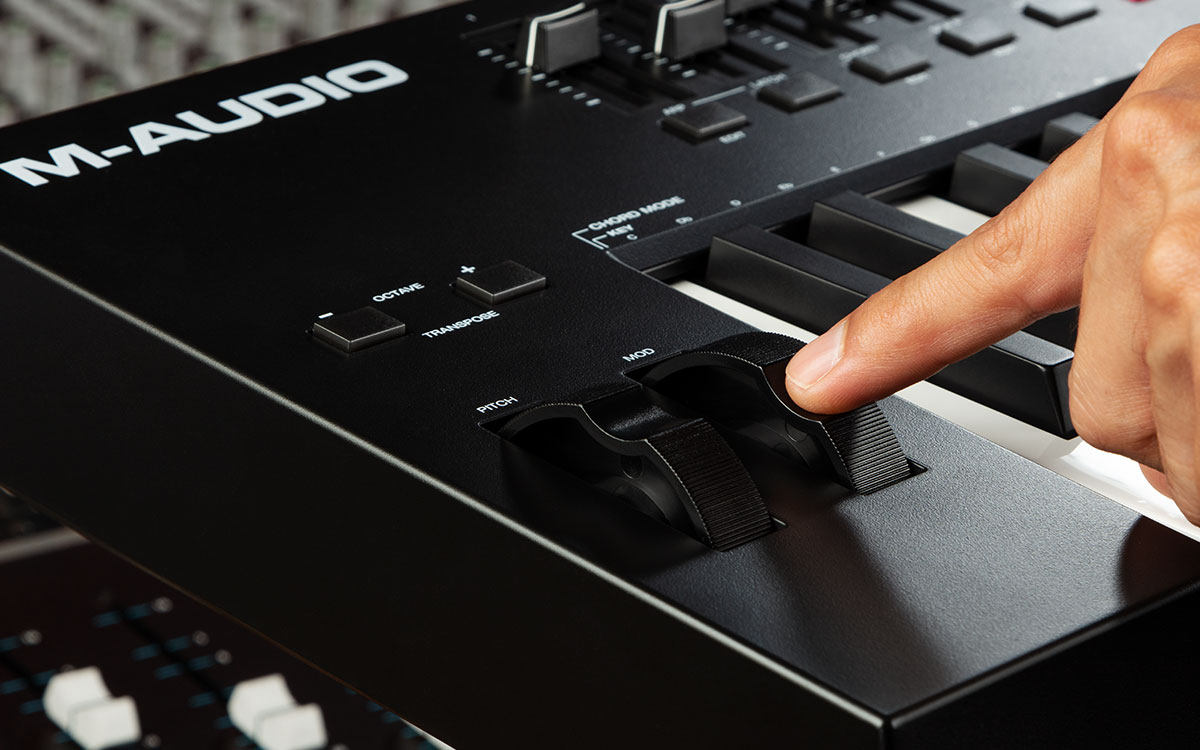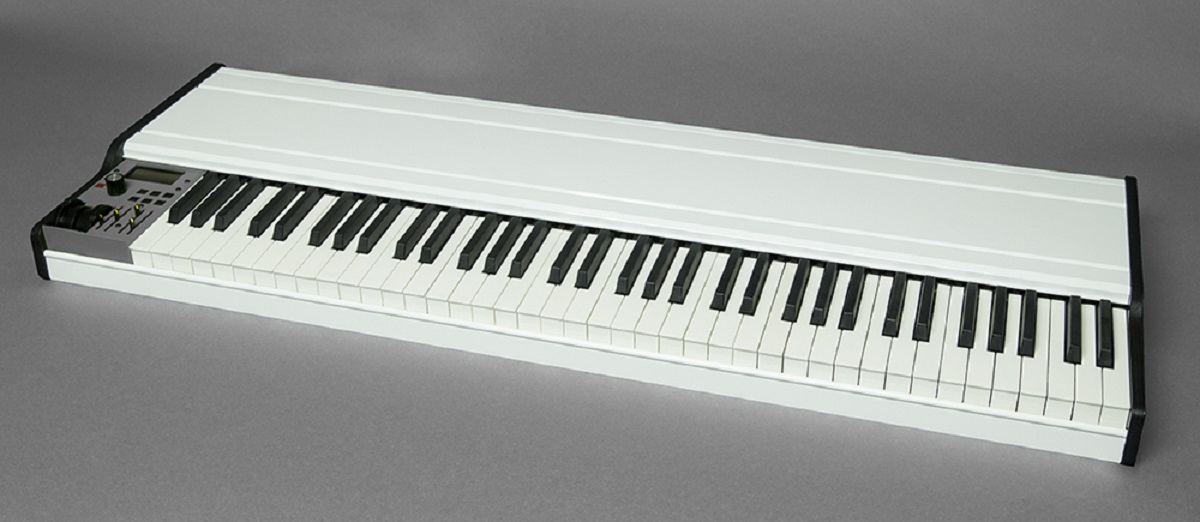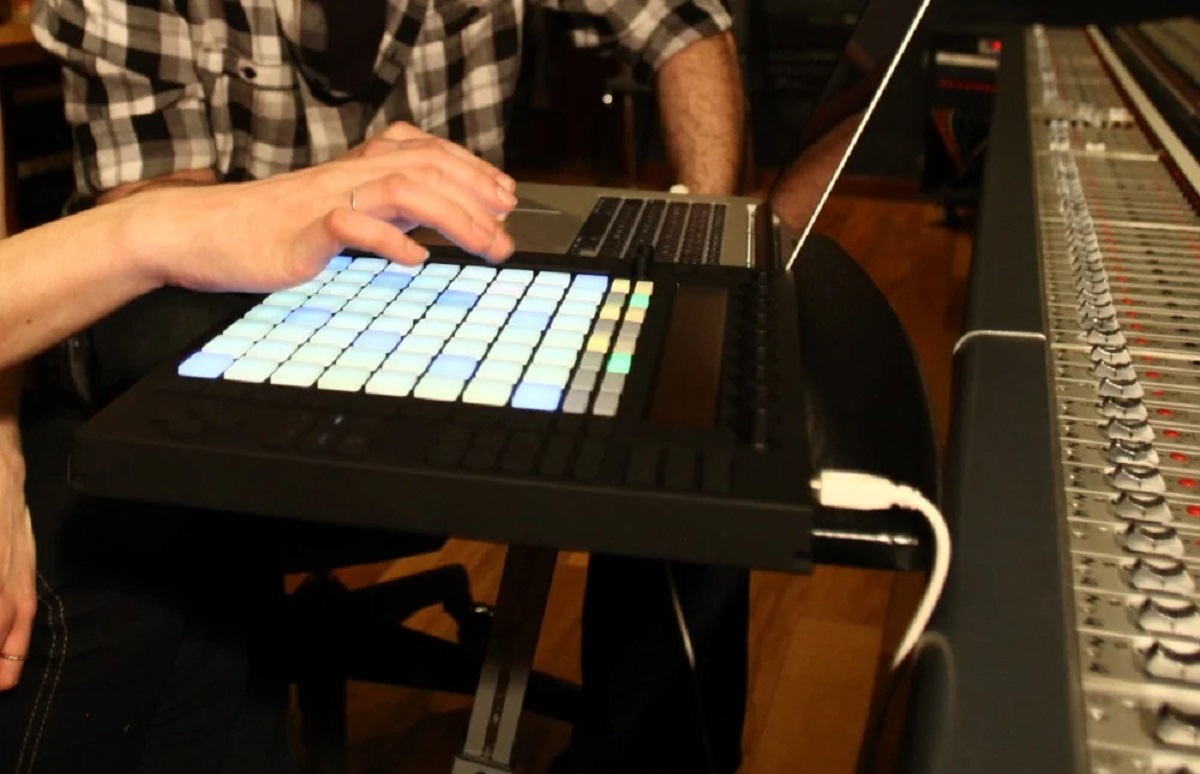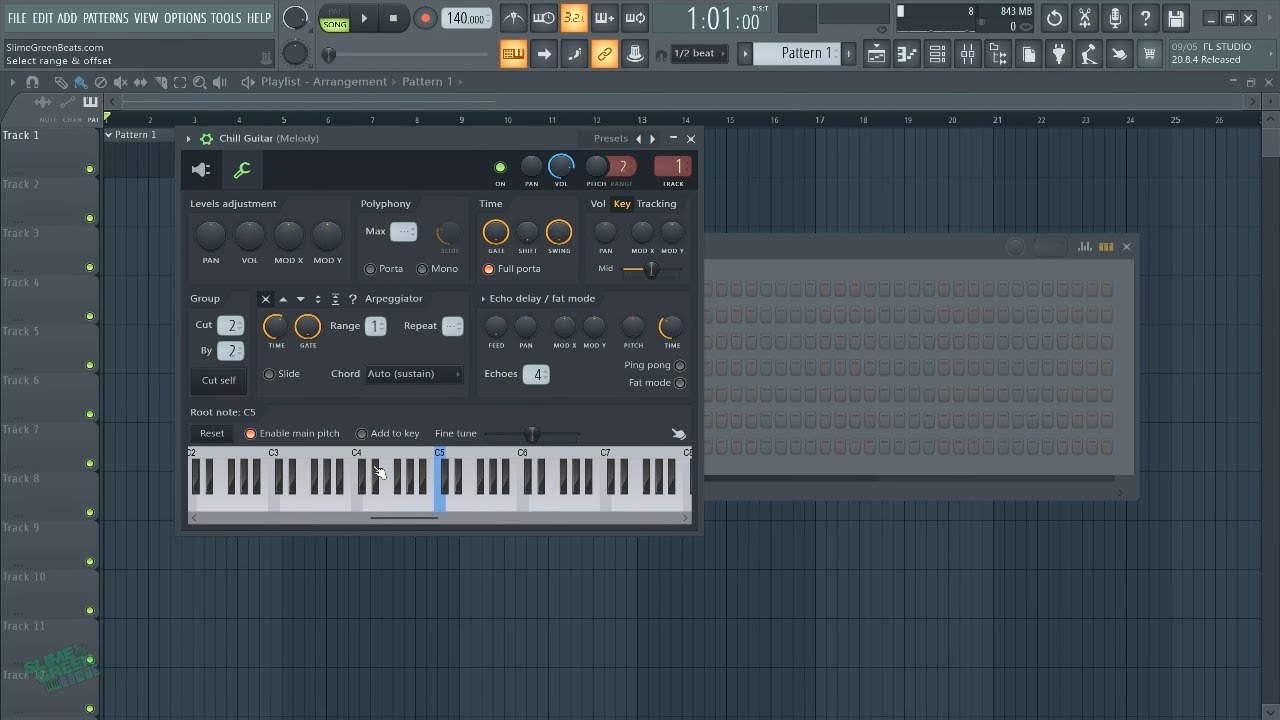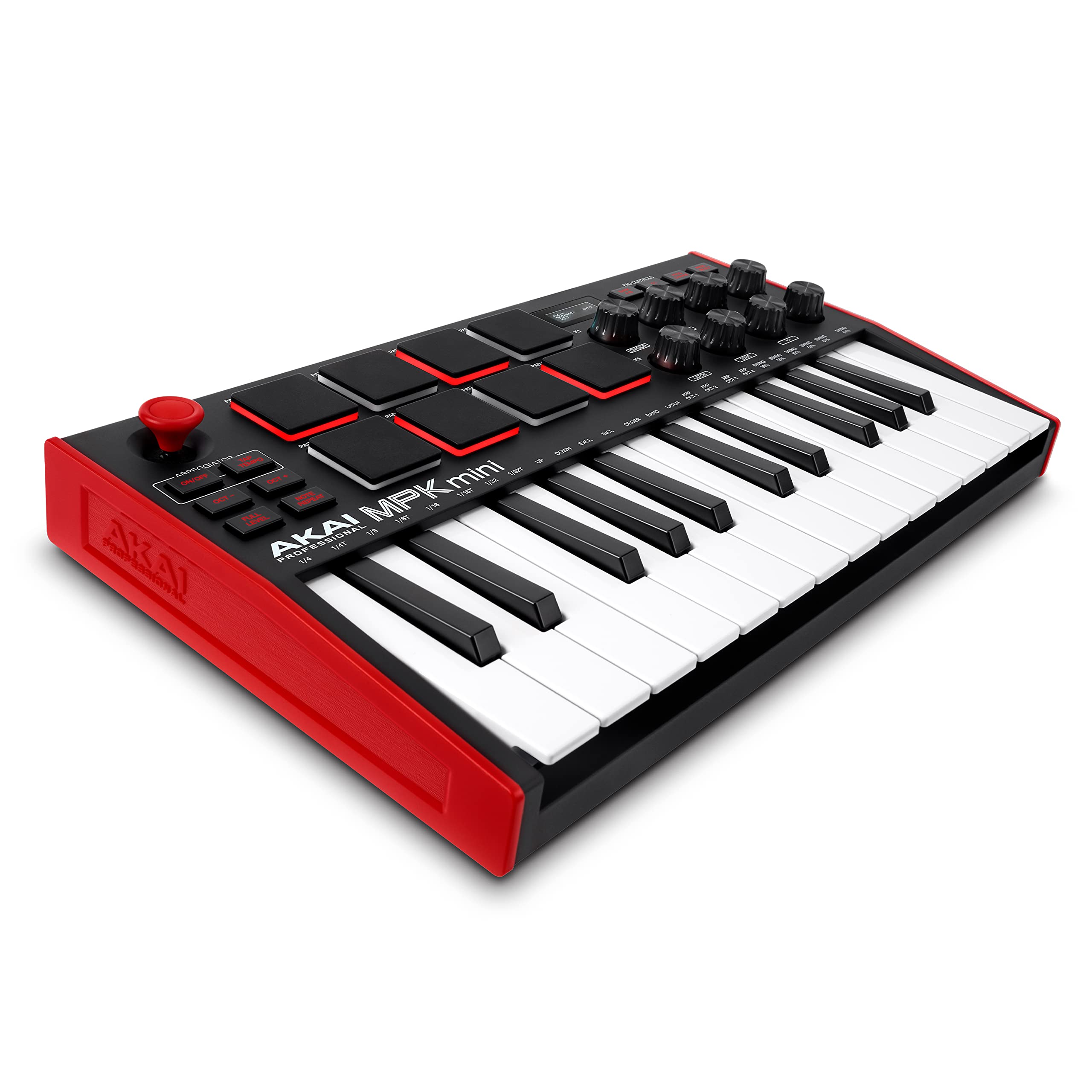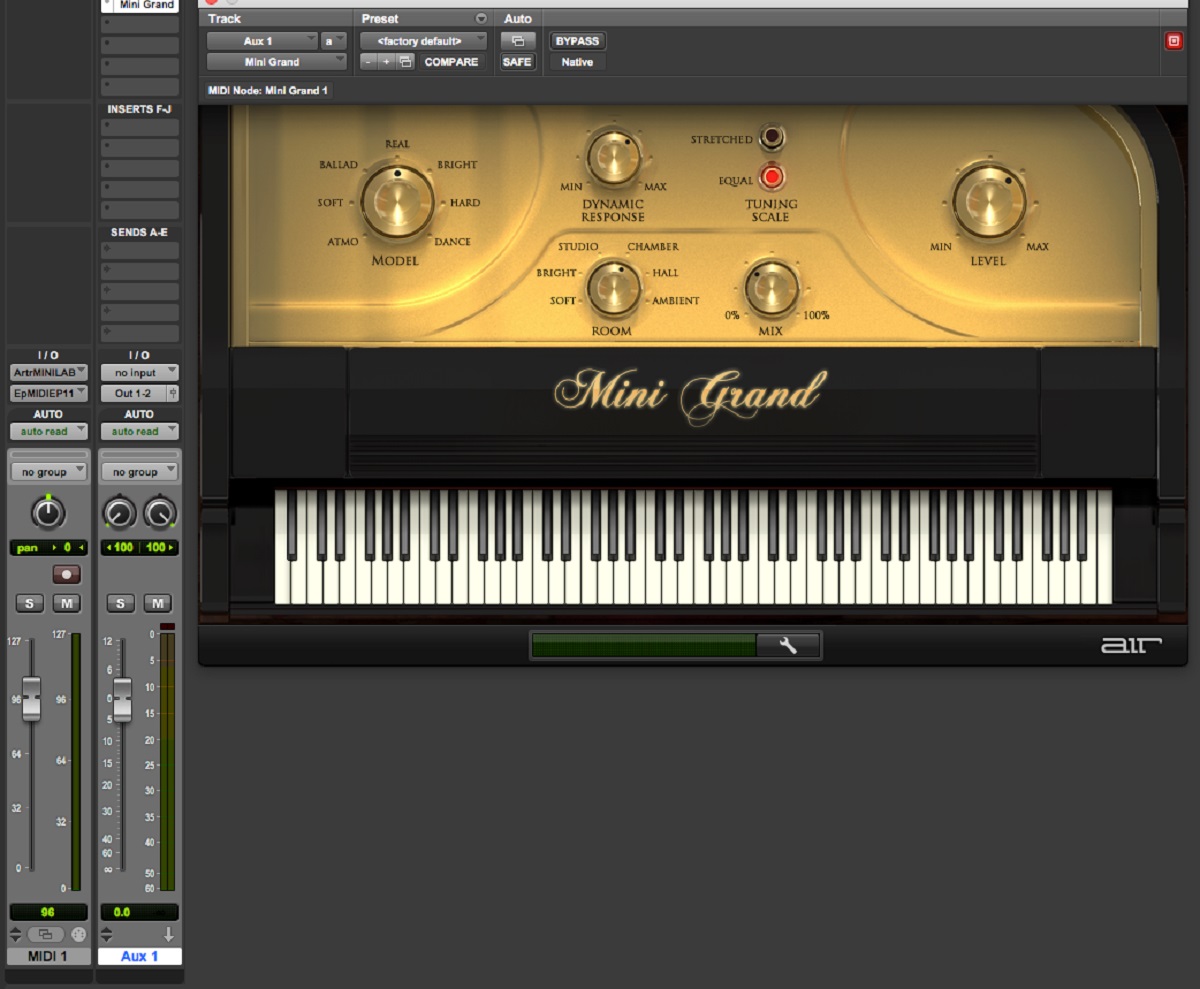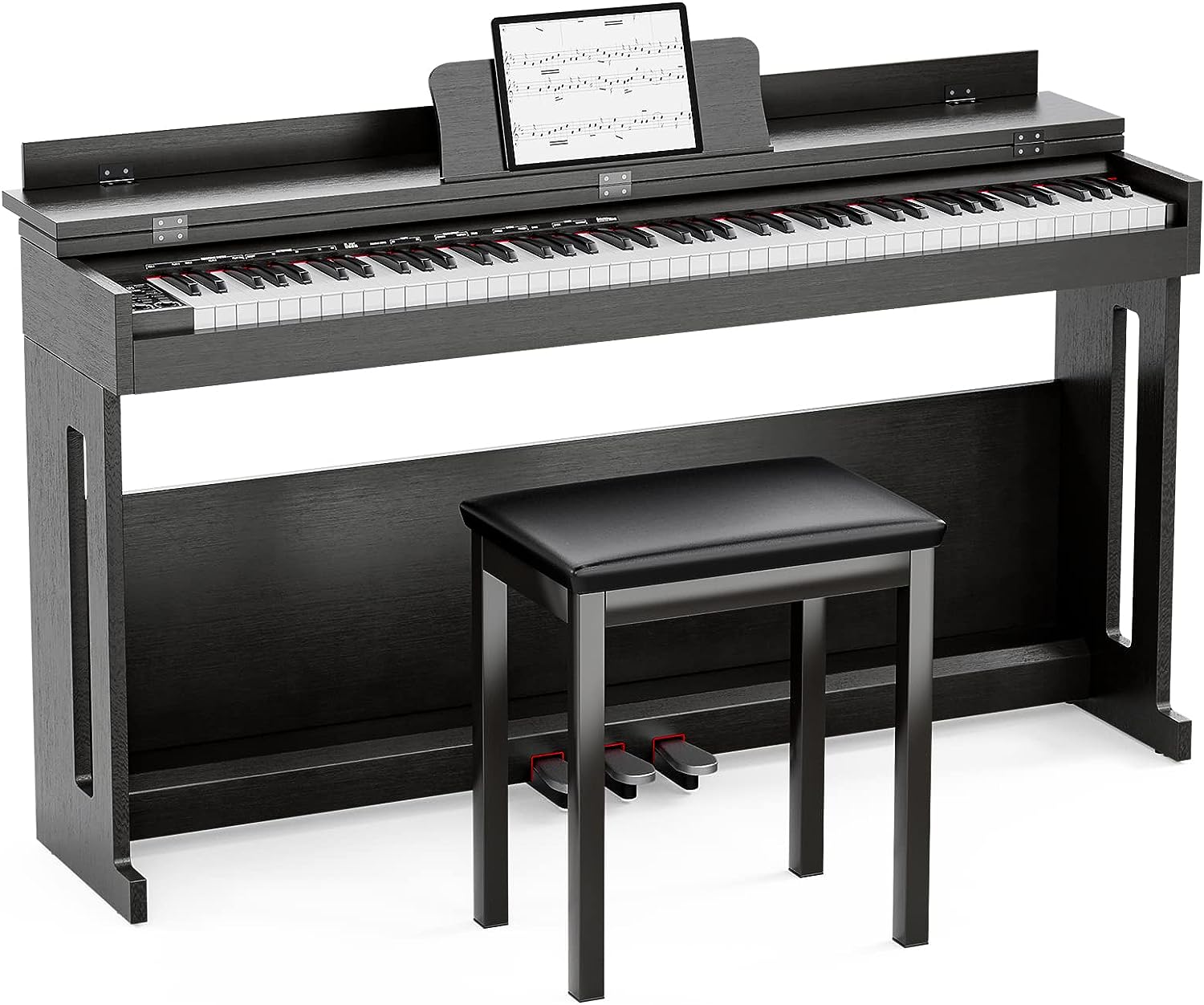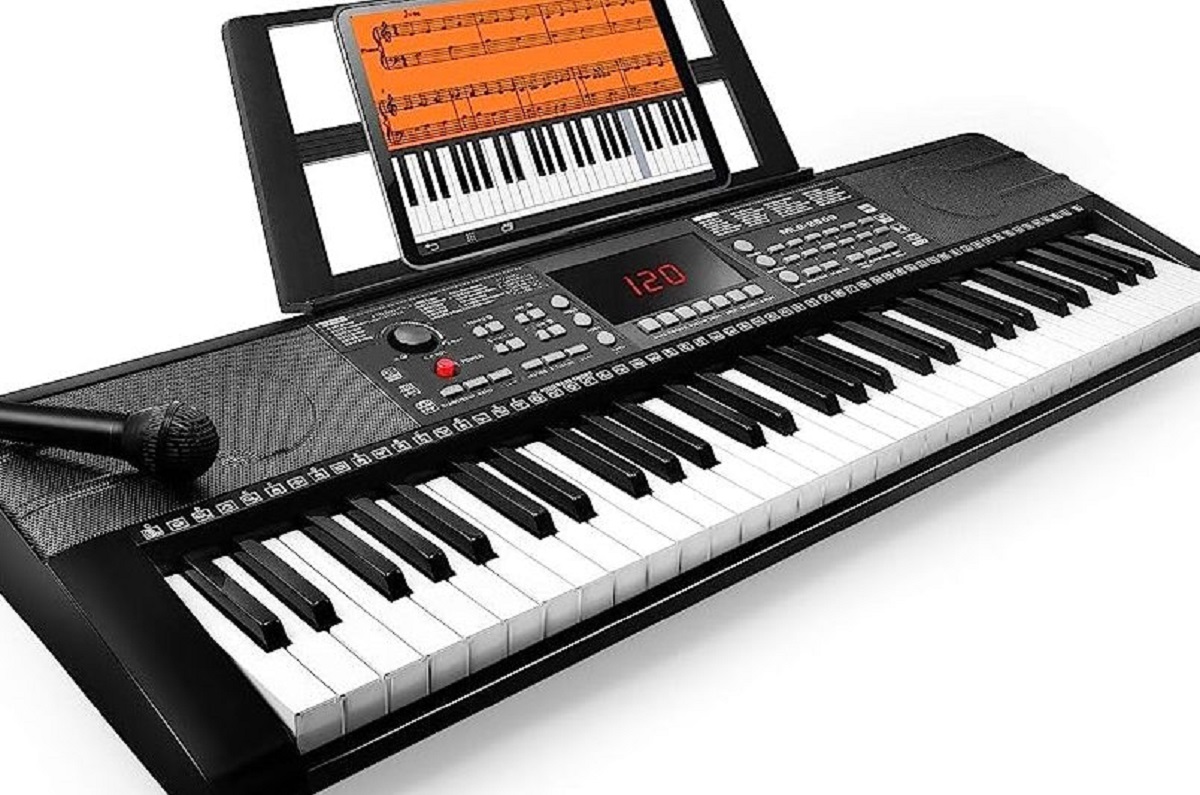Introduction
The Art of Transposing: A Guide for MIDI Keyboard Enthusiasts
Are you a MIDI keyboard enthusiast looking to expand your musical horizons? Transposing the key on a MIDI keyboard can open up a world of possibilities, allowing you to play in different keys without having to learn new fingerings or chord shapes. Whether you're a seasoned musician or just starting out, understanding how to transpose the key on a MIDI keyboard is a valuable skill that can enhance your musical creativity and versatility.
In this comprehensive guide, we will delve into the art of transposition and provide you with step-by-step instructions on how to transpose the key on your MIDI keyboard. From understanding the basics of transposition to practical tips for effective key transposition, this guide will equip you with the knowledge and techniques to confidently navigate different musical keys and elevate your playing experience.
So, grab your MIDI keyboard, buckle up, and get ready to embark on a musical journey that will broaden your musical capabilities and inspire your creativity. Whether you're a solo performer, a band member, or a music producer, mastering the art of transposing the key on a MIDI keyboard will undoubtedly enhance your musical prowess and bring a new dimension to your musical expression.
Let's dive into the world of transposition and unlock the full potential of your MIDI keyboard!
Understanding Transposition
Transposition is the process of shifting a musical piece from one key to another while maintaining the same intervals between the notes. In simpler terms, it involves changing the pitch of a piece without altering its overall structure or melody. This fundamental concept is crucial for musicians seeking to explore different tonalities and adapt their music to suit various vocal ranges or instrumental capabilities.
When it comes to transposing on a MIDI keyboard, understanding the theory behind transposition is essential. In traditional music notation, transposition involves rewriting a piece of music in a different key signature, effectively altering the pitch of each note while preserving the original relationships between the notes. On a MIDI keyboard, transposition can be achieved electronically, allowing for seamless key changes without the need to rewrite or relearn the music.
Transposition is particularly valuable for musicians collaborating with vocalists or other instrumentalists, as it enables them to accommodate different vocal ranges or instrumental preferences. For example, a song originally composed in the key of C major may need to be transposed to G major to better suit a vocalist’s range or a guitarist’s preferred chord shapes. Similarly, electronic music producers often transpose their compositions to find the optimal key for a particular vocalist or to create variations that evoke different moods or emotions.
Understanding the relationship between different musical keys and the process of transposing between them empowers musicians to adapt their music to diverse settings and contexts. Whether you’re performing live, recording in a studio, or experimenting with new musical ideas, the ability to transpose seamlessly on a MIDI keyboard opens up a world of creative possibilities and ensures that your music remains adaptable and accessible to a wide audience.
As we delve deeper into the art of transposing the key on a MIDI keyboard, you’ll gain valuable insights into the practical techniques and considerations that will enhance your musical journey and expand your creative repertoire.
Setting Up Your MIDI Keyboard
Before delving into the intricacies of transposing the key on your MIDI keyboard, it’s essential to ensure that your setup is optimized for seamless and efficient performance. Whether you’re a novice or a seasoned player, taking the time to configure your MIDI keyboard correctly can significantly enhance your overall playing experience and streamline the transposition process.
First and foremost, ensure that your MIDI keyboard is connected to a stable and compatible device, such as a computer or a digital audio workstation (DAW). Most MIDI keyboards feature USB or MIDI connections, allowing for straightforward integration with a wide range of devices. Once connected, verify that your MIDI keyboard is recognized by your computer or DAW, and install any necessary drivers or software updates to ensure smooth communication between the keyboard and your digital setup.
Additionally, familiarize yourself with the specific transposition functionalities offered by your MIDI keyboard. Many modern MIDI keyboards are equipped with dedicated transposition buttons or knobs that enable quick and intuitive key changes on the fly. Understanding how to access and manipulate these transposition controls is crucial for effortless key transposition during practice, performance, or recording sessions.
Furthermore, consider customizing your MIDI keyboard’s settings to align with your preferred transposition workflow. This may involve mapping specific keys or controls to trigger transposition commands, saving custom transposition presets for different musical scenarios, or integrating your MIDI keyboard seamlessly with software-based transposition tools within your DAW.
Finally, ensure that your MIDI keyboard is calibrated and responsive, with accurate key tracking and consistent velocity sensitivity. Fine-tuning these performance aspects will not only optimize your playing dynamics but also contribute to precise and expressive transposition outcomes, allowing you to convey the intended musical nuances across different keys effectively.
By establishing a well-configured and tailored setup for your MIDI keyboard, you’ll lay a solid foundation for seamless transposition and unlock the full potential of your instrument in navigating diverse musical keys with confidence and ease.
Transposing the Key
Transposing the key on a MIDI keyboard involves shifting the pitch of the notes electronically, allowing you to play in different keys without physically changing the layout of the keys. This versatile capability empowers musicians to adapt to various musical contexts and collaborate with artists across different genres and vocal ranges.
To begin transposing on your MIDI keyboard, familiarize yourself with the specific transposition controls and functions available on your instrument. Depending on the model and features of your MIDI keyboard, you may have access to dedicated transposition buttons, knobs, or menu settings that facilitate seamless key changes.
Once you’ve identified the transposition controls, experiment with transposing simple musical phrases or chord progressions to different keys. Start by selecting a familiar piece of music or a series of chords and use the transposition controls to shift the entire sequence to a new key. As you transpose, listen attentively to the changes in pitch and tonality, and observe how the musical character evolves in the new key.
When transposing more complex musical compositions or arrangements, consider employing the transposition capabilities of your digital audio workstation (DAW) in conjunction with your MIDI keyboard. Many DAWs offer powerful transposition tools that enable precise and customizable key changes, allowing you to transpose individual tracks, sections, or entire compositions with exceptional control and flexibility.
Furthermore, explore the expressive possibilities of transposing on your MIDI keyboard by experimenting with different playing techniques, dynamics, and articulations in the context of various transposed keys. As you navigate through different tonalities, pay attention to how the musical phrases and melodic lines interact with the new key, and embrace the creative opportunities that arise from transposing your musical ideas.
Whether you’re transposing a classic song to accommodate a vocalist’s range, adapting a composition to suit different instrumental timbres, or exploring innovative harmonic progressions in alternative keys, the ability to transpose the key on your MIDI keyboard empowers you to approach music with adaptability and creativity, enriching your musical experiences and collaborations.
Tips for Effective Transposition
Mastering the art of transposing the key on a MIDI keyboard requires a combination of technical proficiency, musical intuition, and creative exploration. Whether you’re transposing simple melodies, complex harmonies, or intricate compositions, the following tips will enhance your transposition skills and enrich your musical journey:
- Understand the Interval Relationships: Familiarize yourself with the intervallic relationships between different musical keys. This understanding will facilitate smoother transpositions and enable you to anticipate the tonal shifts as you navigate through various keys.
- Experiment with Chord Voicings: When transposing chord progressions, explore alternative voicings and inversions that complement the new key. Adapting your chord shapes to suit the characteristics of the transposed key can yield compelling harmonic textures and enrich your musical arrangements.
- Embrace Modal Transpositions: Experiment with modal transpositions to infuse your compositions with diverse tonal colors and moods. Shifting a piece between different modes can yield captivating variations and inspire fresh musical ideas.
- Utilize Transposition Shortcuts: Take advantage of transposition shortcuts and presets available on your MIDI keyboard or digital audio workstation. Creating custom transposition mappings and presets can streamline your workflow and expedite key changes during rehearsals, performances, and studio sessions.
- Explore Harmonic Substitution: Consider incorporating harmonic substitution techniques when transposing. Experiment with substituting chords or altering harmonic progressions in the transposed key to introduce unexpected twists and enrich the musical narrative.
- Improvise in Different Keys: Cultivate your improvisational skills by exploring spontaneous musical expressions in various transposed keys. Embracing the nuances of different tonalities will expand your improvisational vocabulary and foster musical versatility.
- Collaborate and Seek Feedback: Engage in collaborative transposition exercises with fellow musicians and seek constructive feedback on your transposed arrangements. Embracing diverse perspectives and musical insights will broaden your transpositional proficiency and inspire new creative approaches.
By incorporating these tips into your transpositional endeavors, you’ll not only refine your technical prowess but also deepen your musical understanding and artistic sensibilities. Transposing the key on your MIDI keyboard will evolve from a practical skill to a creative avenue for musical exploration, allowing you to infuse your performances and compositions with newfound depth and expressive richness.
Conclusion
Congratulations! You have embarked on a transformative journey into the realm of transposing the key on a MIDI keyboard. By delving into the intricacies of transposition, familiarizing yourself with the technical aspects of your MIDI keyboard, and embracing the creative possibilities of key transposition, you have equipped yourself with a valuable skill set that will undoubtedly elevate your musical endeavors.
Transposing the key on a MIDI keyboard transcends the mere act of shifting notes – it embodies the essence of adaptability, creativity, and musical fluency. Whether you’re a performer, a composer, a producer, or an avid enthusiast, the ability to seamlessly navigate different musical keys empowers you to transcend limitations, collaborate across diverse musical contexts, and infuse your music with dynamic versatility.
As you continue to hone your transpositional skills, remember to embrace the nuances of each transposed key, explore alternative chord voicings, and harness the expressive potential of modal transpositions. By integrating these techniques into your musical repertoire, you will enrich your compositions, performances, and improvisations with a kaleidoscope of tonal colors and harmonic textures.
Furthermore, the collaborative and exploratory nature of transposition invites you to engage with fellow musicians, seek feedback, and embark on collaborative transpositional adventures. Embracing diverse perspectives and musical insights will not only expand your transpositional proficiency but also foster a vibrant community of creativity and shared musical experiences.
As you continue to explore the boundless horizons of transposing the key on your MIDI keyboard, remember that transposition is not merely a technical process – it is a gateway to musical evolution and artistic expression. Embrace the journey, celebrate the discoveries, and let the transformative power of transposition illuminate your musical path with endless possibilities.
With each transposed key, you venture into uncharted musical territories, enriching your sonic tapestry and expanding your creative palette. Embrace the art of transposition, and let your MIDI keyboard become a conduit for boundless musical expression and innovation.
Now, armed with a thorough understanding of transposition, go forth and unleash the full potential of your MIDI keyboard, transforming every musical endeavor into a captivating odyssey of key transposition and artistic discovery.







